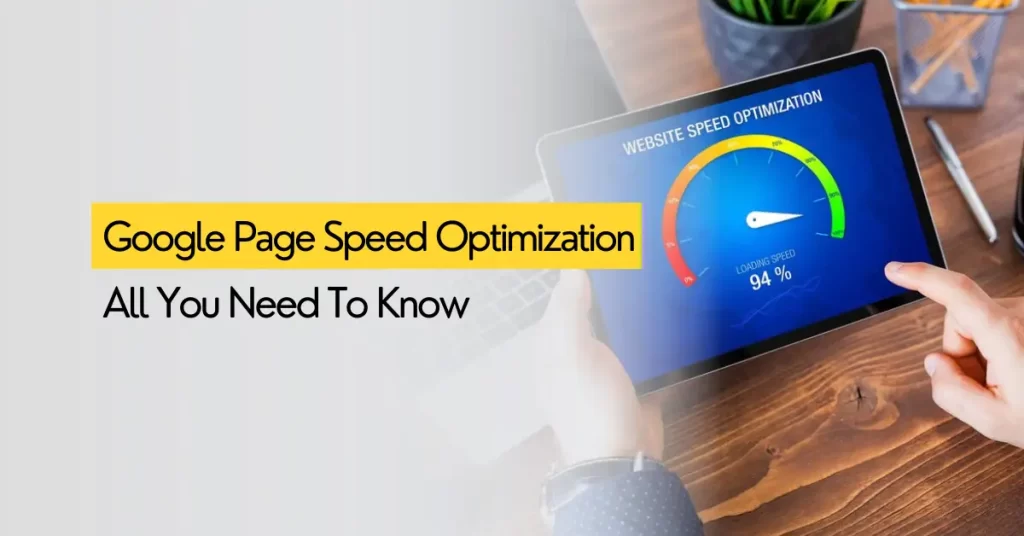
Online marketing is here to stay. Given the reach of the internet across the globe, this medium will take over conventional modes of advertising, marketing, and selling. There is no way you can ignore your company website, which is where your future lies. When people visit your website, all they want is an easy user interface and good speed. If you don’t have a website that opens pages fast, visitors will bounce. To improve conversions, Google page speed optimization is critical.
Page speed is the amount of time it takes your website’s content to reach a user’s browser. The shorter the waiting time, the better it is. No user would like to wait for your content to load. Imagine you are trying to find an answer to your question on Google. You click a link, and the page takes ages to load.
When it comes to Search engine optimization (SEO) site speed is a crucial factor for good Google search rankings.
Measuring Google Page Speed involves using tools to assess the loading time and performance of a web page. One popular tool is Google PageSpeed Insights (PSI), which provides a score and recommendations for improvement. To use PSI, simply enter the URL of the page you want to test and click “Analyze.” PSI will then generate a report with your page’s score and suggestions for improvement. Other tools for measuring page speed include WebPageTest and GTmetrix.
The speed with which your website operates is directly proportional to the amount of traffic hitting your website and, ultimately, your conversions. Page speed is an integral part of the user experience on your website. The greater the download time, the more you are testing the customer’s patience to stick around.
These days, users are generally using mobile devices to access the web, so be mindful of every kilobyte your site loads. The longer a user has to sit and wait for a page to load, the higher your bounce rate will be, as well.
When it comes to Google search rankings, focusing on page speed is paramount. Good Page speed will help you get more conversions. The following pointers show how page load time determines the bounce rate on your website.

This clearly shows that if your webpage takes 10 seconds, the visitor may leave without viewing it, and the probability is 120%.
Your site’s speed doesn’t just affect Google’s SERPs; most search engines factor in page speed. This is why having a site that loads fast is essential in today’s web. To have a good online presence and success, your company needs a website that converts.
Let us delve into the various metrics for Google page speed optimization in detail.
You would come across these terms on Google Search Console (Core Web Vitals report), PageSpeed Insights, and Chrome User Experience Report.
It surely isn’t. There could be reasons like poorly written code, bulky images, or large page elements. You need to fix these for Google page speed optimization and better search rankings.
Check if there are more images on your webpage than required. They may be consuming multiple megabytes of space. As per Google’s best practices, the benchmark data for page size or weight is under 500KB. Page size and weight are often measured by page weight bytes. Page weight bytes show the total size of a web page measured in bytes.
That was a handy guide for Google page speed optimization for your website. If you are unsure about doing this yourself, you may seek professional help from our team of experts at Digital Tokri. Digital Tokri is an emerging Digital Marketing Company in India. We shall help you spruce up your website’s Google page speed optimization for better Google rankings and traffic.
© Digital Tokri (Ira Digital Services). All rights reserved.